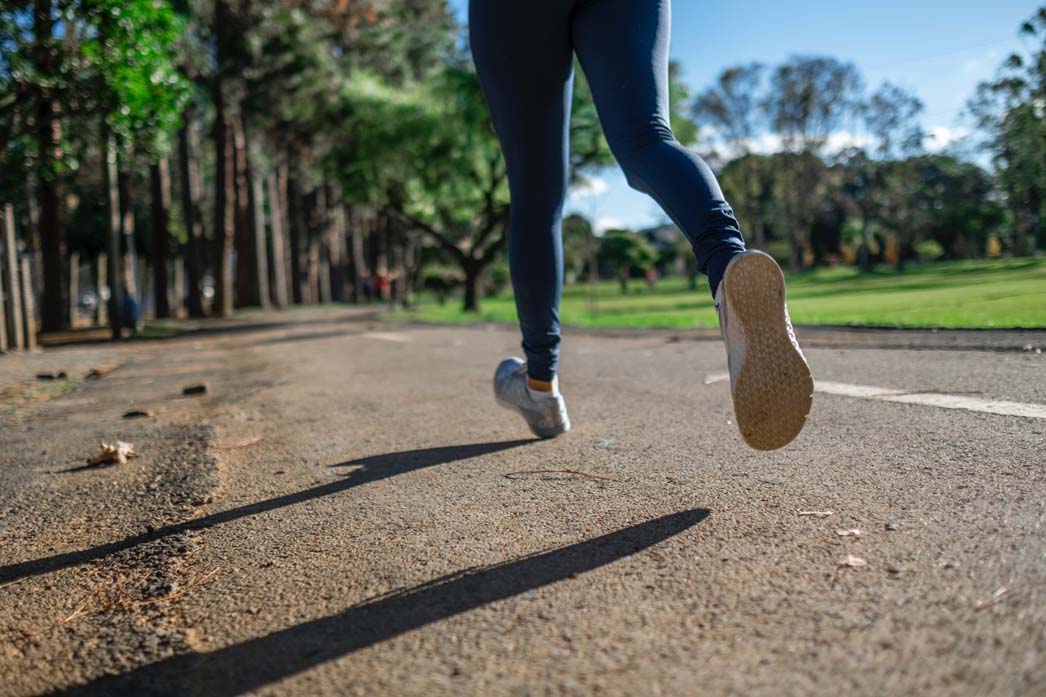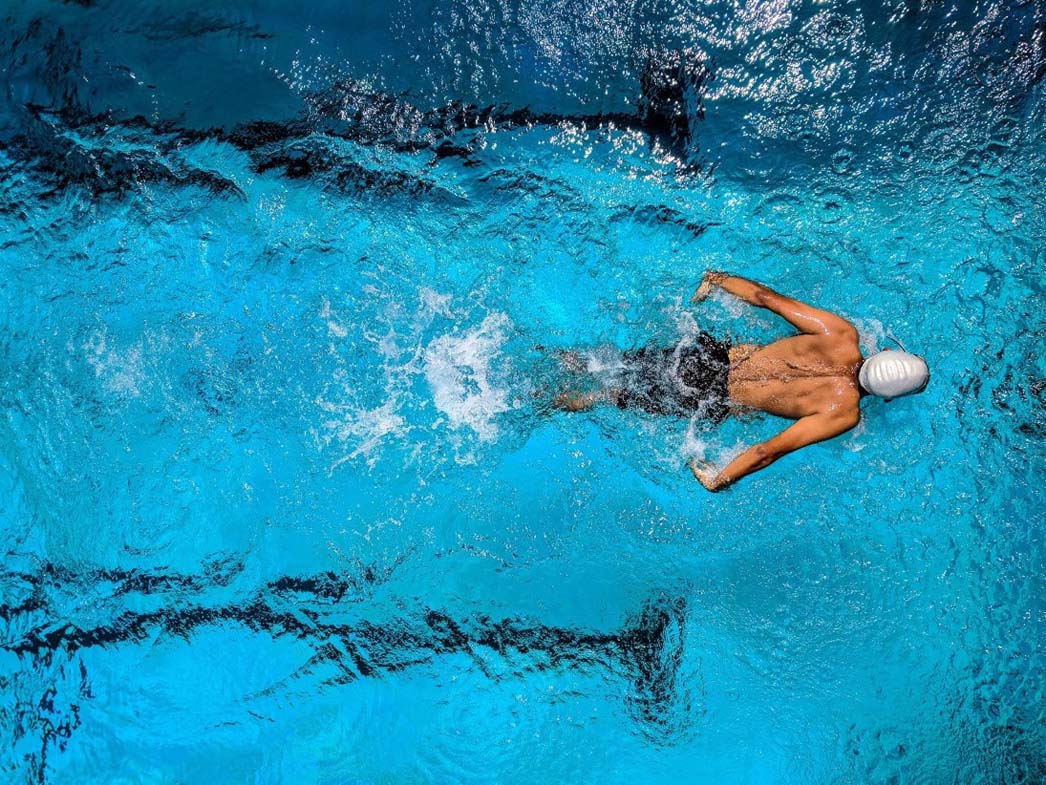For some of us, running is a chore, but for others it’s an exhilarating way of life. When those in the latter category find themselves having to consider knee cartilage repair surgery, the news might feel overwhelming, but there are treatment options like MACI that can help get runners back on the road. We have created some high-level tips that may help inform your decision and plan out your rehabilitation program. Always talk to your doctor with any questions and before starting any new exercises.
Why MACI for runners?
Running enthusiasts put wear and tear on their knees, and this can cause debilitating symptoms like significant pain and swelling that keep them off the road. MACI knee cartilage repair can help restore function in runners suffering through these cartilage-related symptoms, as it heals patients’ damaged cartilage.

Rehabilitation Timeline
How quickly will runners be able to get back out on the road following MACI surgery? It depends on the person. Factors like an individual’s rate of healing, the size of the defect and any co-occurring procedures will impact the timeline.
“Generally speaking, patients can return to walking for exercise in 3–4 months, jogging at 7–9 months, and distance running between 9–12+ months after surgery,” says Duke University physical therapist Dr. Mike Essa.
During that recovery, there are plenty of things runners can do to stay active, including exercising with arm bikes, cycling, swimming with a pull buoy, training for upper body strength or performing core work, to name a few.
All of these activities will help patients work up to the ultimate goal of a return to running.

Rehab Exercises for Runners
Following the MACI procedure, a patient will graduate through three phrases of rehab that involve exercises that increase in intensity.
Dr. Essa recommends the following exercises for MACI patients seeking to return to running:
0-3 months: Early rehab focuses on gaining range of motion and quad activation, so exercises like heel slides, indoor cycling, straight leg raises, quad sets, and calf raises are important. Aquatic therapy can be helpful for restoring walking when transitioning away from crutches.
3-6 months: Body weight exercises like squats, runners’ step-ups, lunges, deadlifts and banded walks are important to restoring functional movements in this phase of rehab. Exercises such as leg presses, knee bends with a knee extension machine, and weighted hamstring curls are critical for developing strength. The goal for this stage is to regain full range of motion, and to fully resume day-to-day, low impact activities with minimal to no pain. For runners, getting back onto an elliptical is a common benchmark.
6-9 months: In this phase, single leg squats and hops are important to help a patient develop the strength and power needed to return to running. After MACI, patients should wait for the green light from their doctors and physical therapists, but the 7-month mark is commonly when many runners start to get back to the road.
Post-Rehab Running Maintenance
After 9+ months, runners may find themselves back to their regular running program, but it is important to keep up with rehab exercises to protect the longevity of the MACI repair.
Dr. Essa recommends two days of strength training per week to supplement a running program. Running is a straight-ahead task, and the hip muscles that stabilize the knee from shifting side-to-side forces often get neglected. Maintenance work focusing on hip, core, quad, and hamstring strength can help keep your knee healthy as you return to normal activities.
Please see below for full indication and ISI. Blog posts are intended to provide educational information. Always talk to your doctor with any questions.

